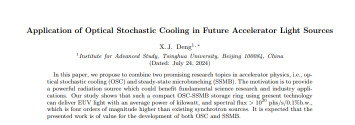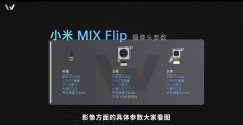Additive-Assisted Forming High-Quality Thin Films of Sn–Oxo Cluster for Nanopatterning
Abstract
Recently, metal–oxo clusters (MOCs) have attracted significant interest in fabricating nanoscale patterns in semiconductors via lithography. However, many MOCs are highly crystalline, making it difficult for them to form films and hindering subsequent nanopatterning processes. In this study, we developed a novel and simple method to enhance the film-forming ability of aromatic tetranuclear Sn–oxo clusters by adding additives. Theoretical calculations and Fourier-transform infrared (FTIR) analysis revealed the formation of intermolecular hydrogen bonds between the Sn–oxo clusters and additives, which induced a crystal–gel phase transition at −20 °C, thereby inhibiting the easy crystallization of the Sn–oxo clusters. High-quality and uniform thin films with surface roughness below 0.3 nm were prepared via spin coating. The obtained thin films exhibited good lithographic performance under deep ultraviolet (DUV), electron beam, and extreme-ultraviolet irradiation without a photo acid generator/photoinitiator, and 13- and 21 nm-wide line patterns were obtained on the films via electron-beam and extreme-ultraviolet lithographies. This study will pave the way for the further investigation of novel MOCs for advanced lithography and other thin-film applications.



